How Berlin's art galleries navigate reopening post lockdown
After being given the green light earlier in May, Berlin's physical art spaces are tentatively welcoming visitors back. Through three galleries, we explore the different approaches to cautiously negotiating the transition
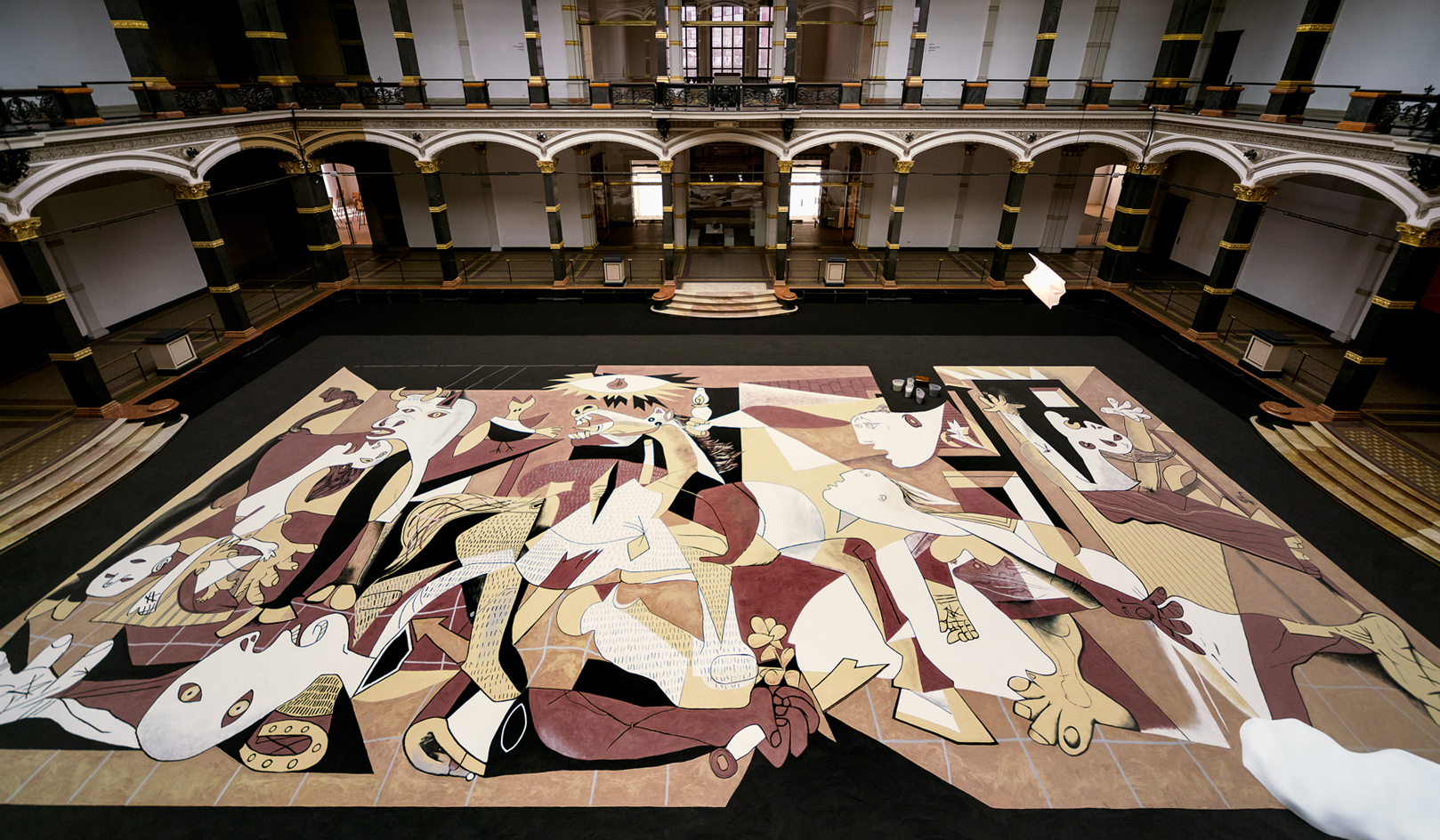
During lockdown, museums, galleries and art institutions around the world hurriedly launched digital initiatives to bring their exhibitions to life online. Now, as many of these same spaces begin to reopen in Berlin, they’re unveiling new models, integrating digital components with their physical spaces, and focusing on hyper-local initiatives in an effort to balance what they learned during quarantine with the facts that strict regulations remain in place and many other cities, as well as borders, remain closed.
Earlier this month, for example, Wentrup gallery opened the group exhibition ‘Zoom In – Zoom Out’, but rather than the standard ‘opening night’, a day-long opening took place from 11am to 6pm, with only three people allowed inside at once. ‘We found the procedure worked very well,’ Tina and Jan Wentrup explain. The title of the show references the current state of global communication and staying in touch with international communities via applications like Zoom, and the majority of works were produced by the gallery’s artists during quarantine specifically for the show.
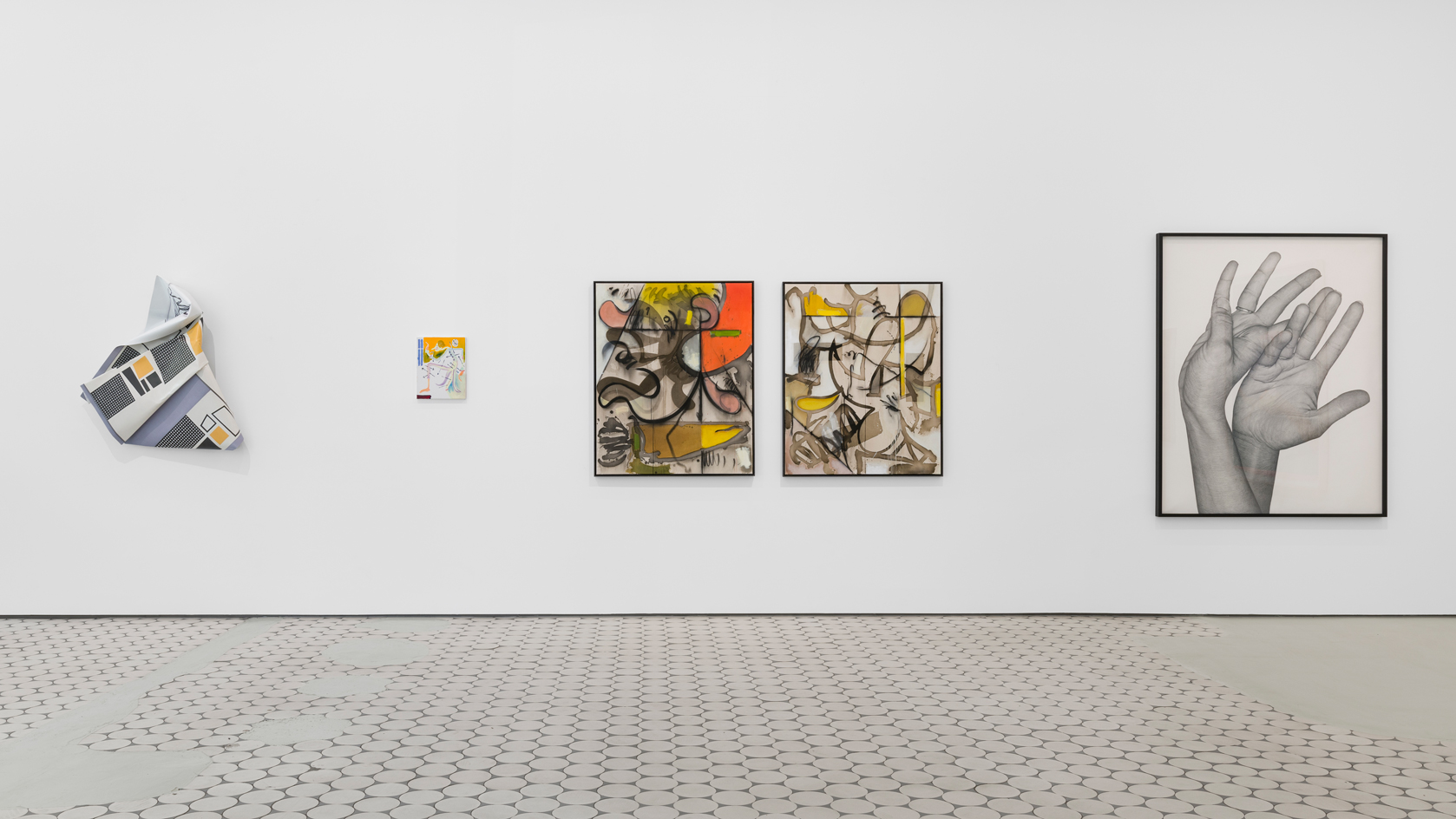
Installation view 'Zoom in – Zoom out', Wentrup, Berlin, 2020.
Shortly after their physical reopening, Wentrup launched an online viewing room (post-quarantine, indeed), as the platform is more than an attempt to virtually recreate a physical exhibition: it features a comprehensive overview of the featured artist’s practice with installation views and images of individual as well as a curatorial essay and additional supporting textual materials.
‘The online viewing room exists for itself and has no direct link to the current [physical] show but is ultimately linked to the overall programme of the gallery, just like a real showroom in a gallery space,' the Wentrups explain.
Also taking a different approach is the gallery Dittrich & Schlechtriem, with its offline-only exhibition series titled ‘Berliner Luft’ (Berlin Air). Every Sunday, the gallery digitally announces the artist whose temporary exhibition will be on view for the next seven days alongside a brief introduction to the show. The catch? There are no preview images. ‘I wanted to reclaim the gallery as a physical space that one must visit, rather than checking Instagram or the website or, in the last years, just visiting a booth at an art fair,’ André Schlechtriem explains. ‘The idea is that for one week, the work is exclusive for people who make an effort to visit the space.’ He notes, however, that this approach is ‘not against an international audience,’ as the gallery will happily send images if someone writes an email or calls to enquire.
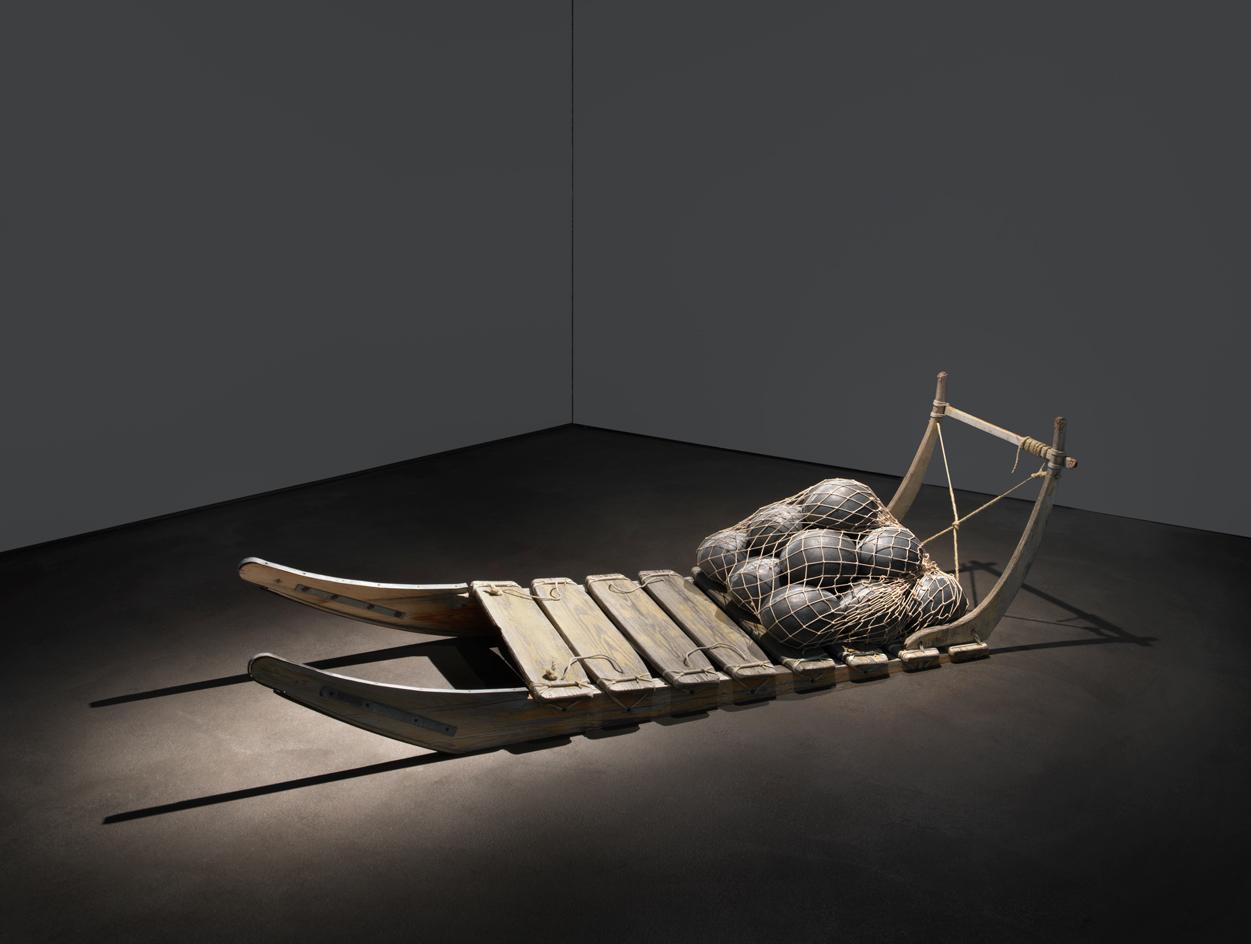
Julian Charrière, Empire, 2020. VG Bild–Kunst, Bonn, Germany, 2020
Meanwhile, one of Berlin’s most trafficked museums, Gropius Bau, has swiftly adapted its exhibition ‘Lee Mingwei:禮 Li, Gifts and Rituals,’ which is largely activated by human interaction, to acquiesce with the demands of social distancing. ‘Lee’s work is all about conversation, listening, and care, so putting new measures in place felt applicable to the thematics of his work,’ Gropius Bau director Stephanie Rosenthal recently said in an interview. During lockdown, intimate video calls were offered as extensions of certain installations in the exhibition. For example, Lee adapted his Sonic Blossom, a performance that entails a one-on-one operatic serenade, to be performed with individual guests via Instagram live.
Now, the opera singer is in the museum space, albeit behind a sheet of Plexiglas on wheels. In an adaptation of The Dining Project, visitors can enter a lottery to participate in a tea ceremony with the artist from home via video conference, instead of the initial plan to host such meetings within the museum. To enter the building itself, visitors must pre-book tickets online with a specified time of entry and, of course, wear a mask.

Lee Mingwei, The Dining Project, 1997/2020. Installation view, ‘Lee Mingwei: 禮 Li, Gifts and Rituals’, Gropius Bau, Berlin, 2020. Collection of Jut Art Museum (Taiwan).
In the context of Lee’s exhibition, Rosenthal noted that disinfection has become an additional ritual, and Plexiglas a symbol of care. This statement reflects an overarching message seen across various initiatives, both on and offline: Objects, spaces, and actions have assumed new meanings through various re-imaginings and recontextualisation. As the Wentrups say, ‘Every crisis is a challenge in a sense, but it also offers the chance for something fresh and new.’
Wallpaper* Newsletter
Receive our daily digest of inspiration, escapism and design stories from around the world direct to your inbox.
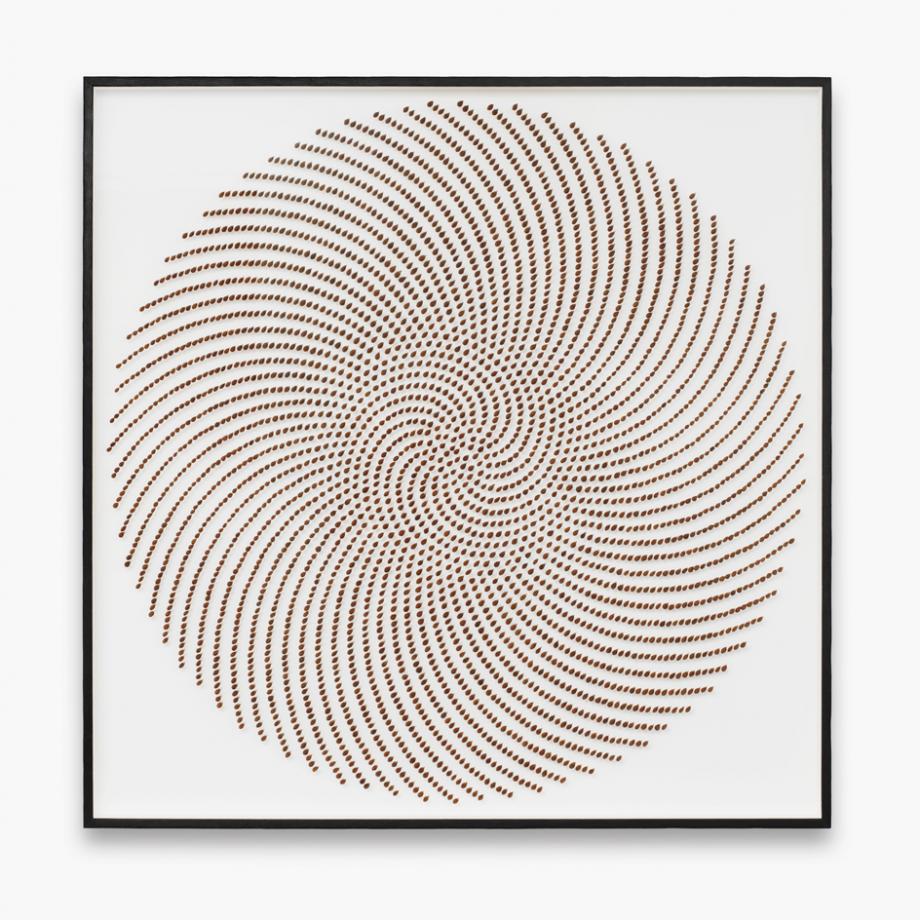
Andreas Greiner, Seed Pattern (3670), 2020. courtesy: Dittrich & Schechtreim
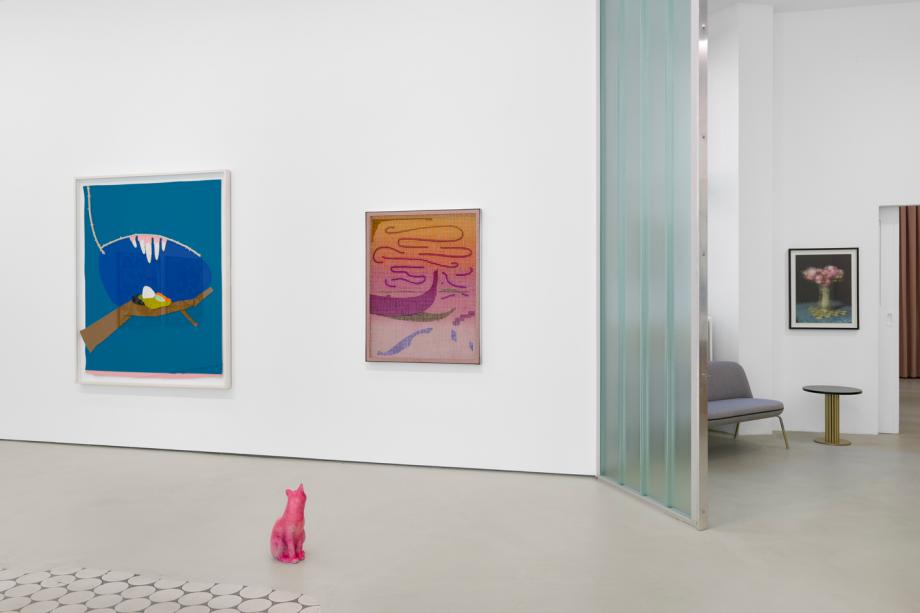
Installation view ’Zoom in – Zoom out’, Wentrup, Berlin, 2020. Courtesy the artists and Wentrup.
INFORMATION
wentrupgallery.com
dittrich-schlechtriem.com
www.gropiusbau.de
-
 Nikos Koulis brings a cool wearability to high jewellery
Nikos Koulis brings a cool wearability to high jewelleryNikos Koulis experiments with unusual diamond cuts and modern materials in a new collection, ‘Wish’
By Hannah Silver
-
 A Xingfa cement factory’s reimagining breathes new life into an abandoned industrial site
A Xingfa cement factory’s reimagining breathes new life into an abandoned industrial siteWe tour the Xingfa cement factory in China, where a redesign by landscape specialist SWA Group completely transforms an old industrial site into a lush park
By Daven Wu
-
 Put these emerging artists on your radar
Put these emerging artists on your radarThis crop of six new talents is poised to shake up the art world. Get to know them now
By Tianna Williams
-
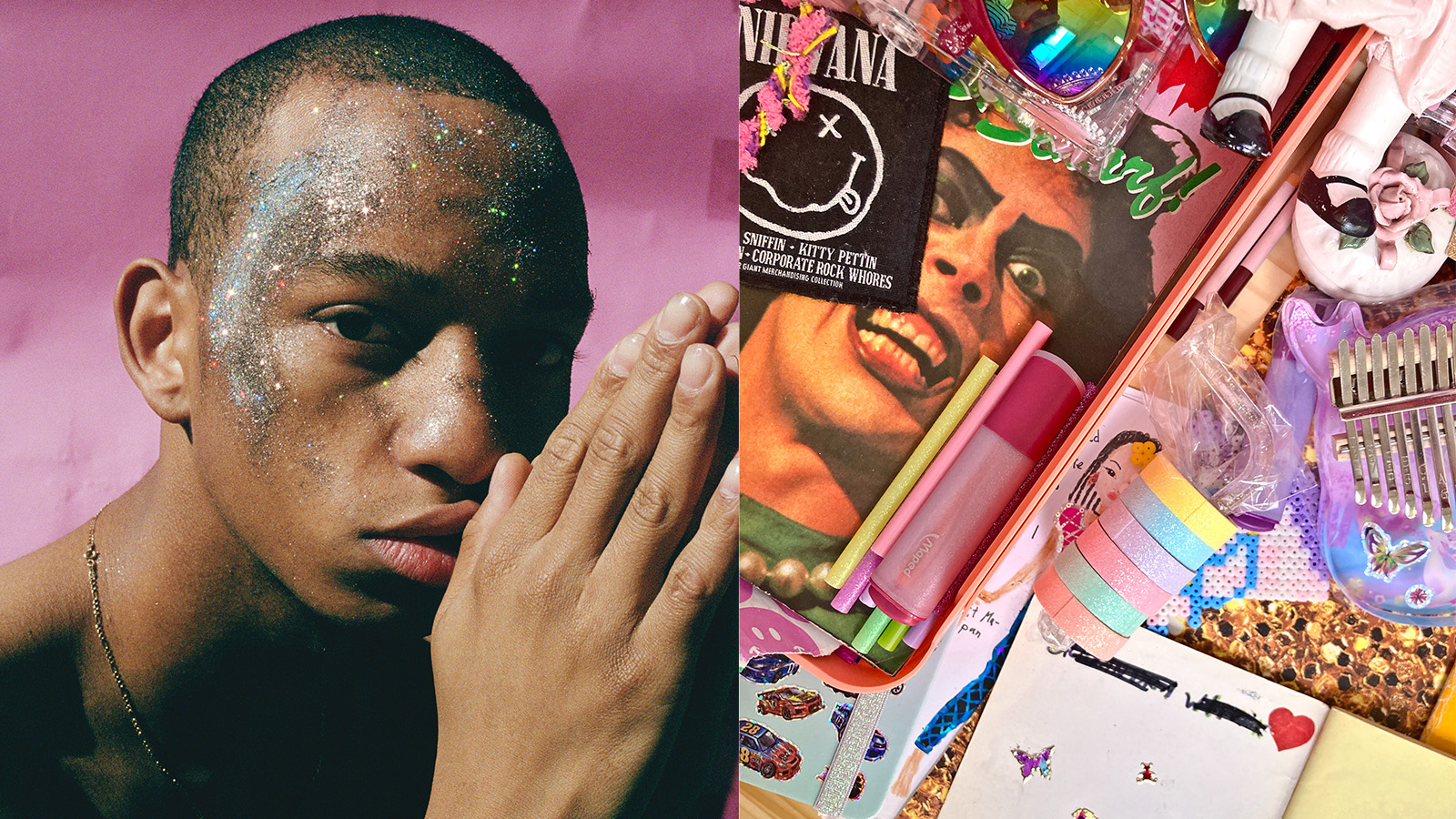 MK&G’s ‘Glitter’ exhibition: a brilliant world-first tribute to sparkle and spectacle
MK&G’s ‘Glitter’ exhibition: a brilliant world-first tribute to sparkle and spectacleMK&G’s latest exhibition is a vibrant flurry of sparkles and glitter with a rippling Y2K undercurrent, proving that 'Glitter is so much more than you think it is'
By Hiba Alobaydi
-
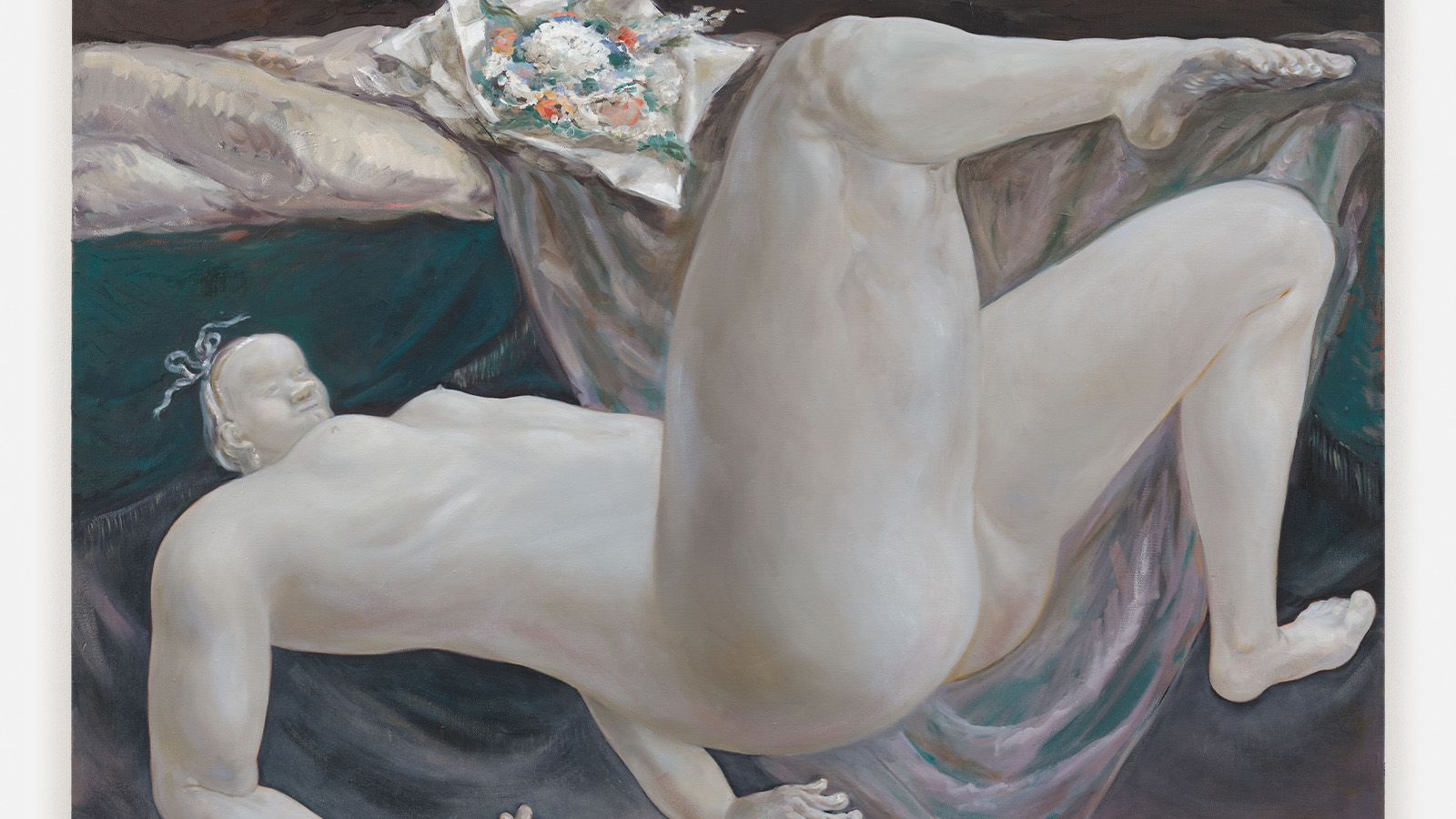 Louise Bonnet’s falling figures depict an emotional narrative to be felt rather than told
Louise Bonnet’s falling figures depict an emotional narrative to be felt rather than toldLouise Bonnet’s solo exhibition 'Reversal of Fortune' at Galerie Max Hetzler in Berlin, nods to historical art references and the fragility of the human condition
By Tianna Williams
-
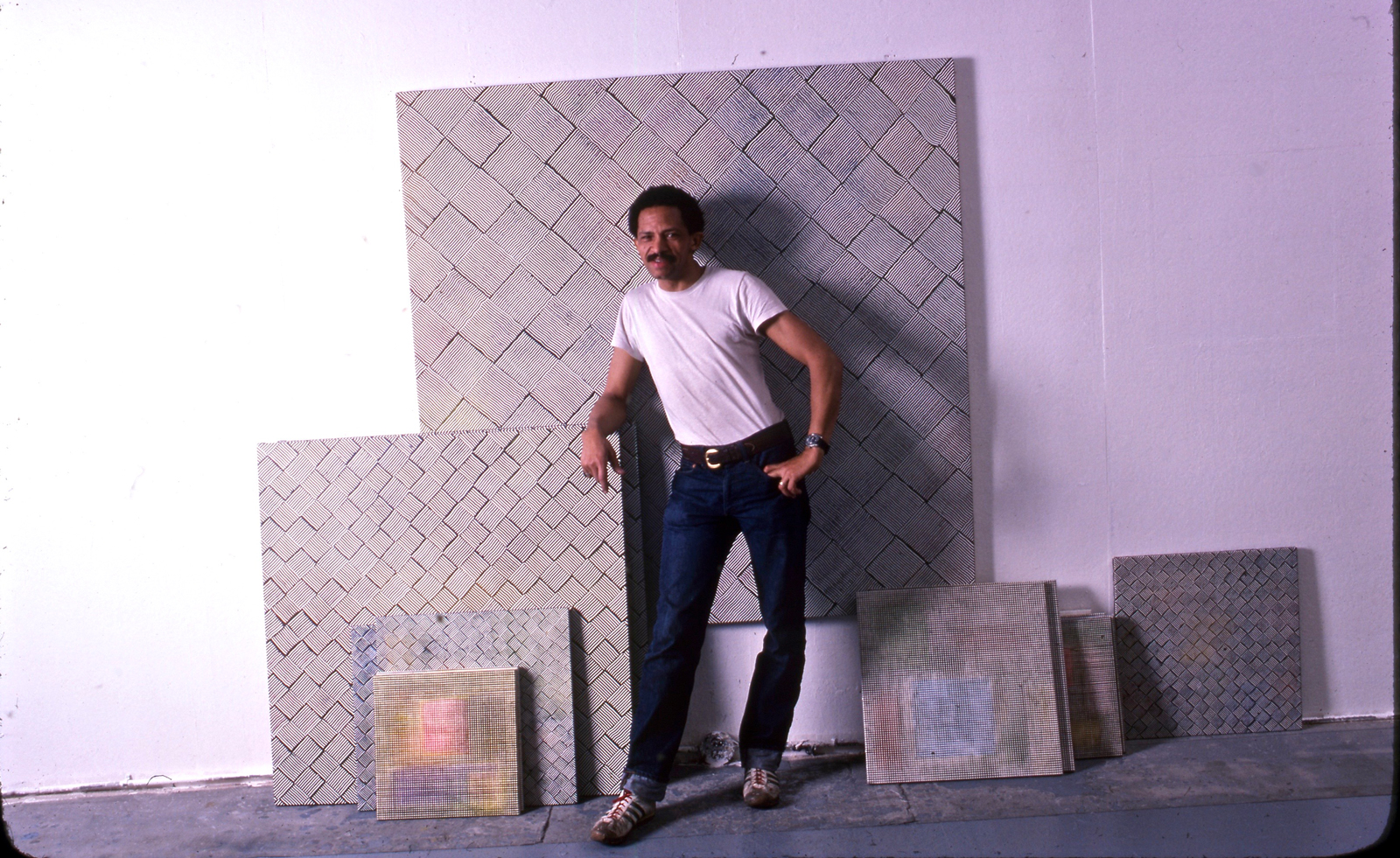 Inside Jack Whitten’s contribution to American contemporary art
Inside Jack Whitten’s contribution to American contemporary artAs Jack Whitten exhibition ‘Speedchaser’ opens at Hauser & Wirth, London, and before a major retrospective at MoMA opens next year, we explore the American artist's impact
By Finn Blythe
-
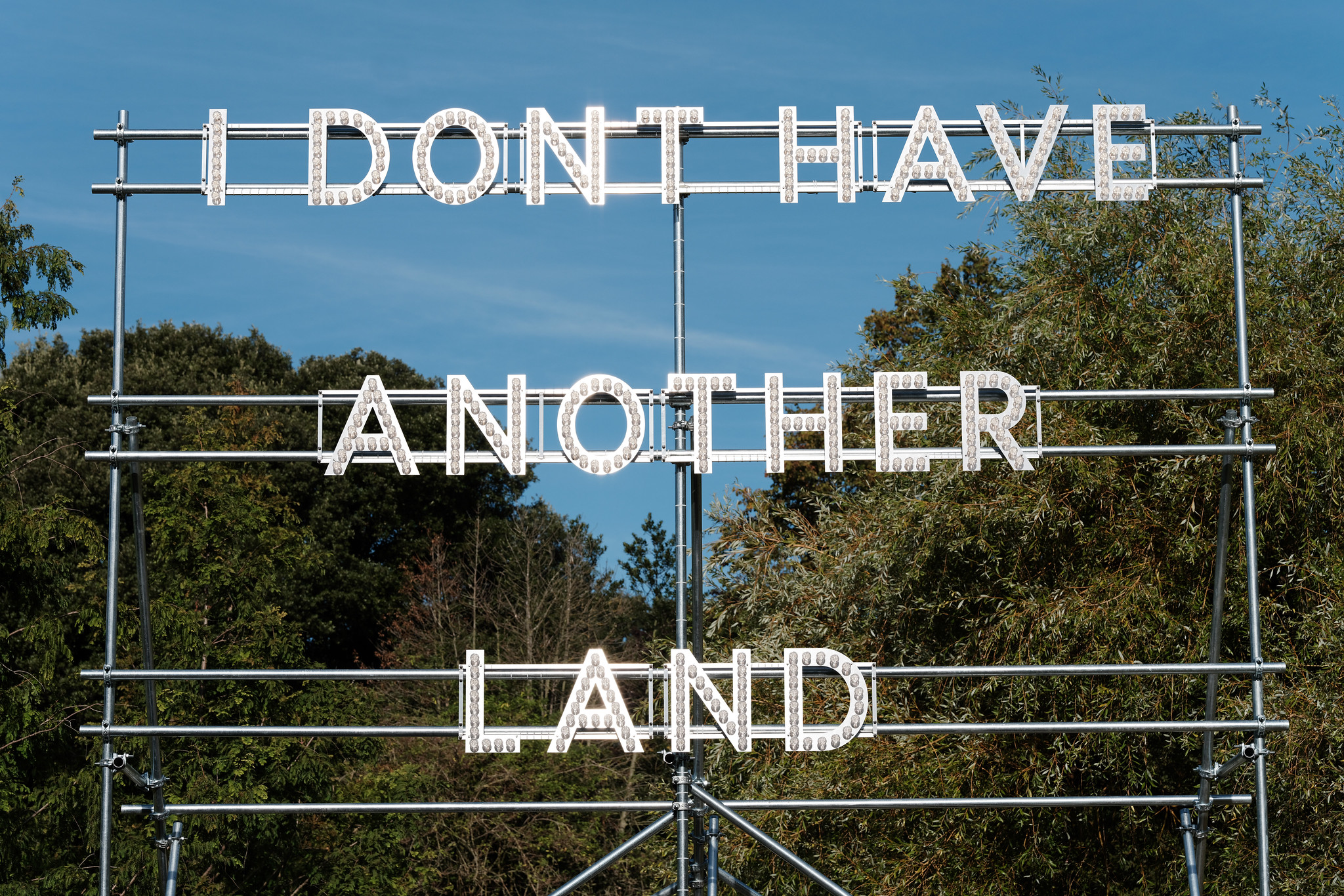 Frieze Sculpture takes over Regent’s Park
Frieze Sculpture takes over Regent’s ParkTwenty-two international artists turn the English gardens into a dream-like landscape and remind us of our inextricable connection to the natural world
By Smilian Cibic
-
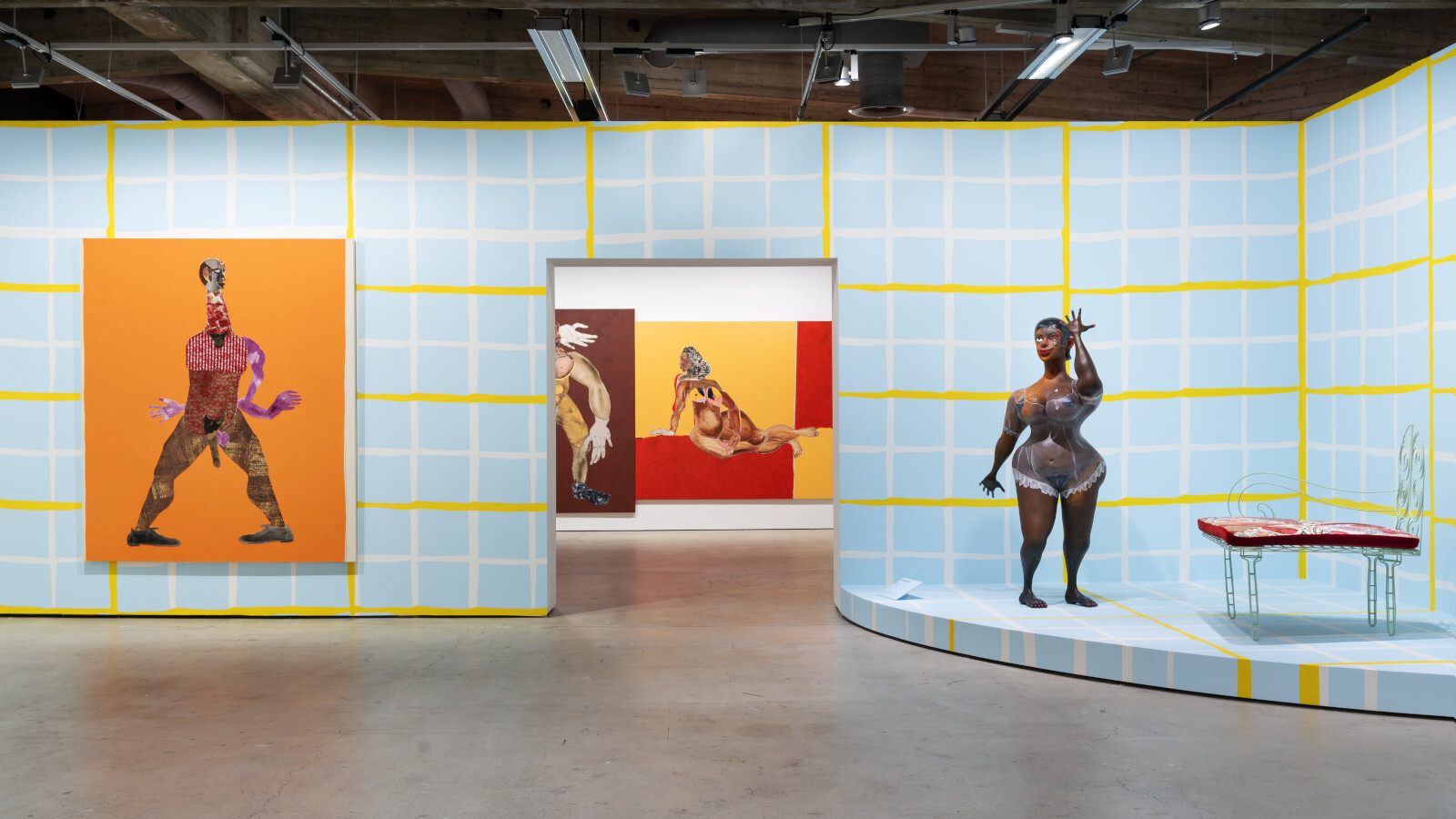 Harlem-born artist Tschabalala Self’s colourful ode to the landscape of her childhood
Harlem-born artist Tschabalala Self’s colourful ode to the landscape of her childhoodTschabalala Self’s new show at Finland's Espoo Museum of Modern Art evokes memories of her upbringing, in vibrant multi-dimensional vignettes
By Millen Brown-Ewens
-
 Wanås Konst sculpture park merges art and nature in Sweden
Wanås Konst sculpture park merges art and nature in SwedenWanås Konst’s latest exhibition, 'The Ocean in the Forest', unites land and sea with watery-inspired art in the park’s woodland setting
By Alice Godwin
-
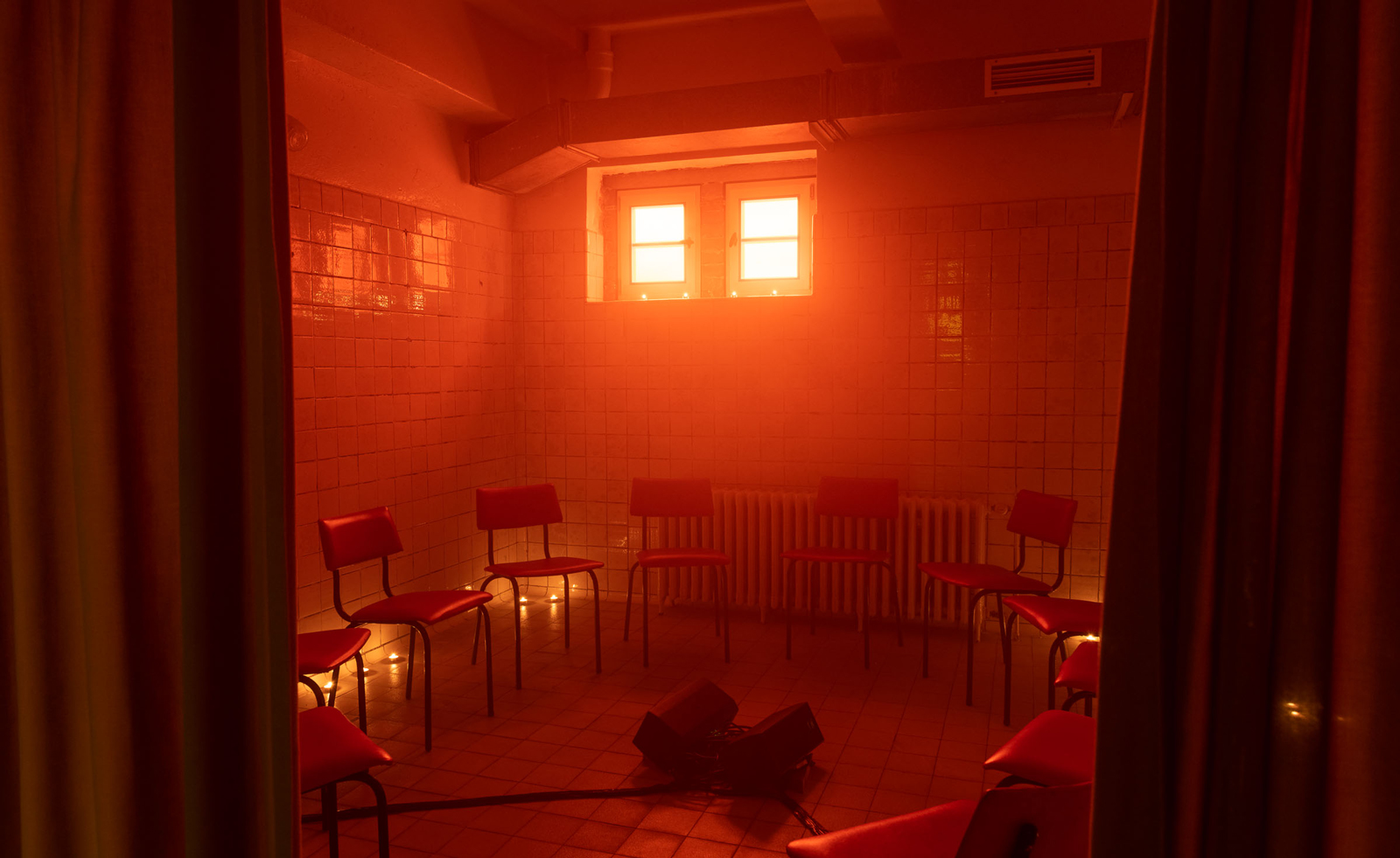 Inside E-WERK Luckenwalde’s ‘Tell Them I Said No’, an art festival at Berlin's former power station
Inside E-WERK Luckenwalde’s ‘Tell Them I Said No’, an art festival at Berlin's former power stationE-WERK Luckenwalde’s two-day art festival was an eclectic mix of performance, workshops, and discussion. Will Jennings reports
By Will Jennings
-
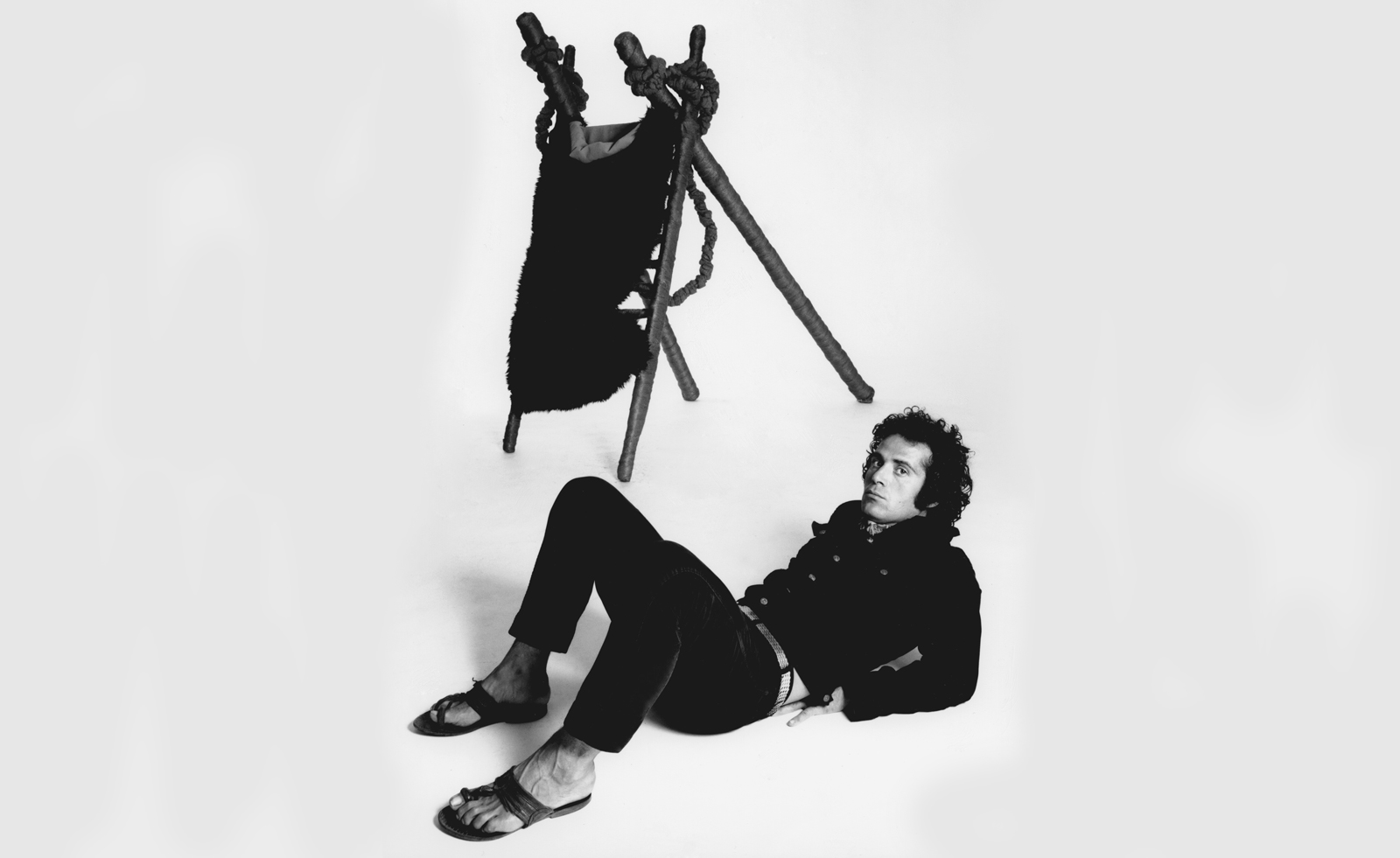 Pino Pascali’s brief and brilliant life celebrated at Fondazione Prada
Pino Pascali’s brief and brilliant life celebrated at Fondazione PradaMilan’s Fondazione Prada honours Italian artist Pino Pascali, dedicating four of its expansive main show spaces to an exhibition of his work
By Kasia Maciejowska